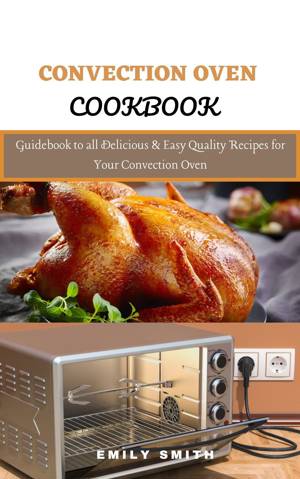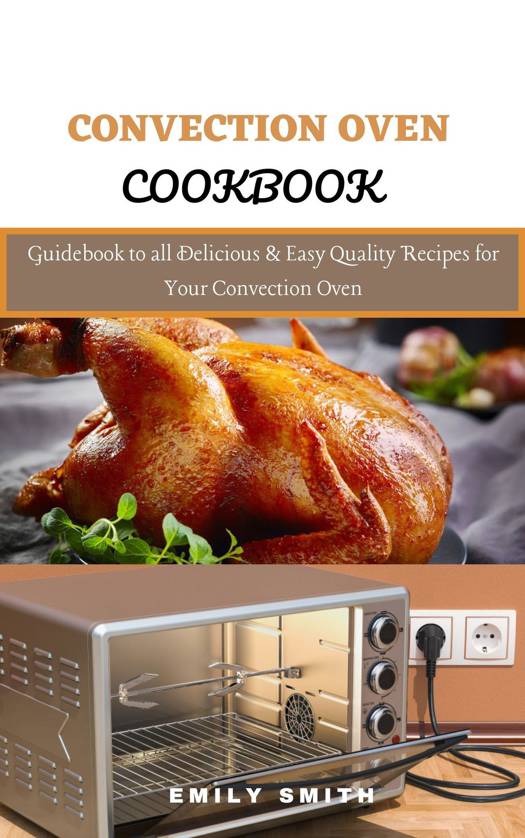
- Afhalen na 1 uur in een winkel met voorraad
- Gratis thuislevering in België vanaf € 30
- Ruim aanbod met 7 miljoen producten
- Afhalen na 1 uur in een winkel met voorraad
- Gratis thuislevering in België vanaf € 30
- Ruim aanbod met 7 miljoen producten
Convection Oven Cookbook: Guidebook to all Delicious & Easy Quality Recipes for Your Convection Oven E-BOOK
Emily SmithOmschrijving
A great way to describe this comes from Fine Cooking: "To help understand this,
consider wind chill: When cold air blows against you on a blustery winter day, you feel
colder more quickly than you do on a windless day of the same temperature." The same
applies with heat and convection cooking! Turn on the setting and the fan and exhaust
kick into gear
First, a few basic mechanics: A conventional oven uses radiant heat that emanates from
the top and/or bottom surfaces. The result is usually an oven with hot and cold spots.
What makes a convection oven stand apart is the internal fan that circulates hot air,
creating an evenly heated environment for the food. The most obvious advantage to
having a steady supply of heat surrounding and penetrating the food is that all your
meat, produce, and baked goods will cook faster and brown more evenly.
Experts and manufacturers recommend adjusting any recipe in two ways: either by
lowering the oven's temperature by about 25 degrees or by shortening the cooking time
by roughly a quarter. Follow the tips below and carefully monitor your first few
attempts for browning, texture, and doneness. It may help to record the results—through
trial and error, you will quickly get a sense of how your convection oven cooks and
what further adjustments
Scroll up, Click on "Buy Now with 1-Click", and Get Your Copy!
Specificaties
Betrokkenen
- Auteur(s):
- Uitgeverij:
Inhoud
- Taal:
- Engels
Eigenschappen
- Productcode (EAN):
- 9798201760281
- Verschijningsdatum:
- 2/06/2021
- Uitvoering:
- E-book
- Formaat:
- ePub

Alleen bij Standaard Boekhandel
Beoordelingen
We publiceren alleen reviews die voldoen aan de voorwaarden voor reviews. Bekijk onze voorwaarden voor reviews.











